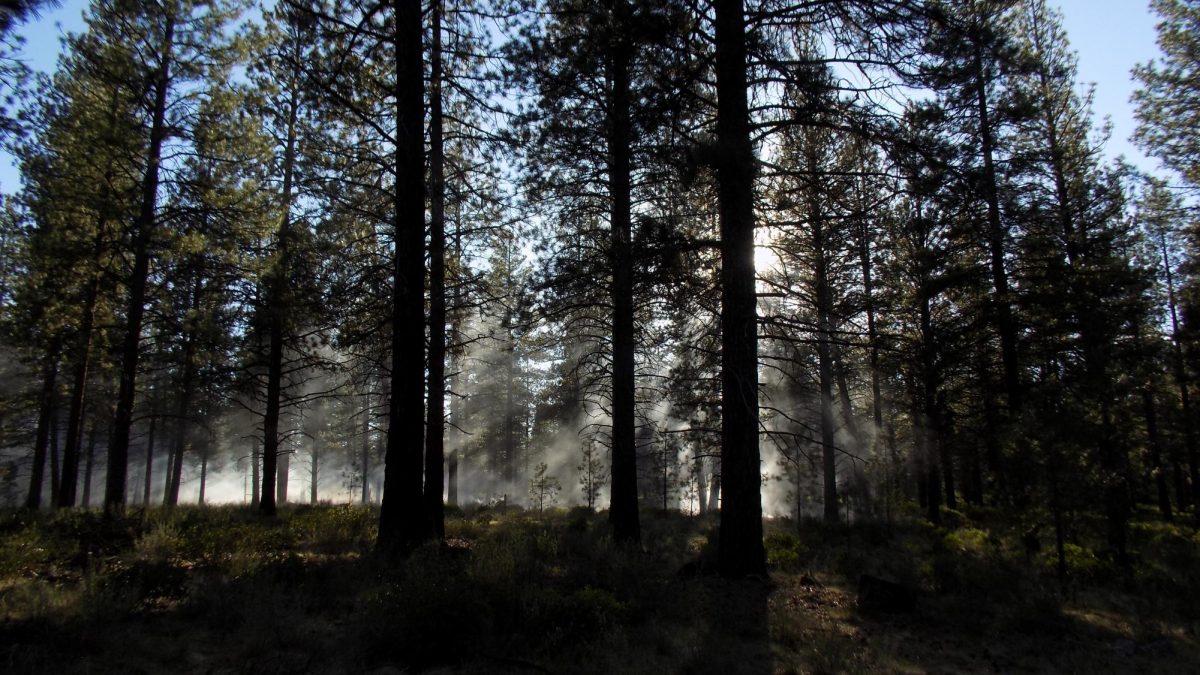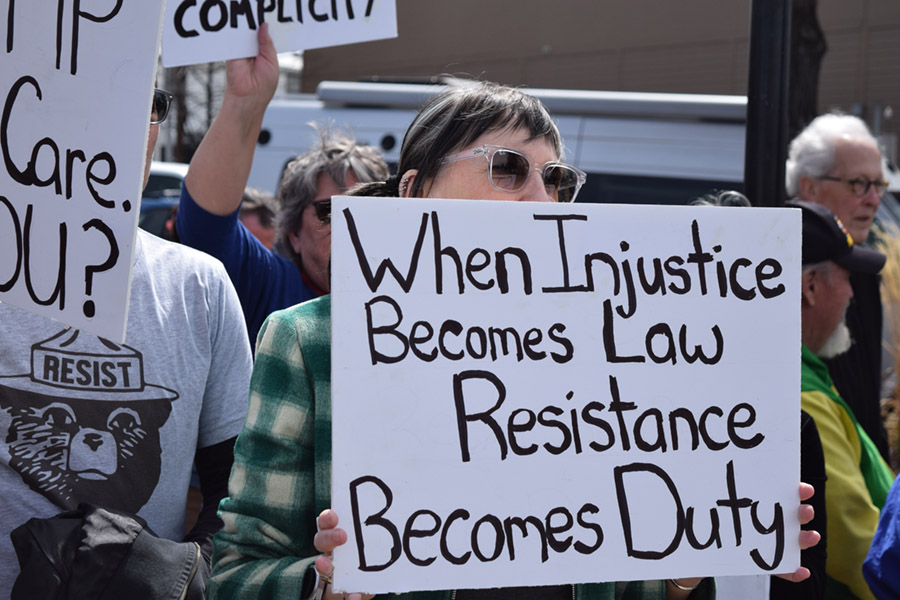In early January of 2023, Central Oregon Community College President Laurie Chesley signed the carbon commitment, one of the Presidents’ Climate Leadership Commitments. This means COCC will begin working on a greenhouse gas emissions inventory and that will help develop a climate action plan during the next two years, ultimately working toward becoming carbon neutral through improvements of facilities and other changes.
According to Noelle Copley, sustainability coordinator at COCC, the commitment provides COCC with one year to complete the initial step, or the greenhouse gas inventory. Then, Copley will work with Joshua Clawson, director of Campus Services, to draft the climate action plan.
In short, a greenhouse gas inventory is a list of main emission sources and the associated emissions identified, according to the U.S. Environmental Protection Agency.
Copley estimates that these first steps will occur within a two year time frame. After which, the implementation of that climate action plan would soon begin.
“I’ll be undertaking, basically getting an idea of our carbon footprint and where we’re at. And then we can develop steps to improve and decrease our emissions. So I’m actually going to work with a class at OSU-Cascades. In their natural resources department, they have a sustainable assessment course… so they’ll be helping with the greenhouse gas inventory.”
OSU-Cascades currently offers a sustainability program for building systems management, as well as a sustainable assessment score, meaning that students in the past have completed a greenhouse gas inventory, but for the Bend La Pine school district.
After OSU-Cascades students help with this step, COCC students will help draft the climate action plan. COCC’s Sustainability Committee, when developing COCC’s climate action plan, will ask for input community wide.
The committee will seek feedback through surveys, newsletters, and committee meetings open to the public, and will involve students in the process.
Taleah Zueger, a student representative on the Sustainability Committee told The Broadside that organizing student events, contributing to meetings, encouraging students around campus to start paying more attention to where their waste goes are some of the ways in which she has been involved.
According to Copley, the early effects of the climate action plan will not necessarily be visible to the public, such as improvements to aging infrastructure, inefficient plumbing systems, improving other operations and other energy efficiency improvements across all areas of the Bend, Madras, Redmond and Prineville campuses.
“We are already enrolled in the Strategic Energy Management Program of the Energy Trust of Oregon for all campuses. Redmond and Prineville have solar panels, Redmond and Madras have EV charging stations and we are installing them soon at Prineville and Bend, for example,” Copley continued.
In regards to covering the cost of these upcoming developments, details will be calculated when drafting the climate action plan. These will mainly be covered through grants and student funds. However, energy efficiency ultimately comes with conservation of costs, meaning COCC would save money on utility expenses, so the implementations would pay for themselves in the long run.
At this current stage, some buildings have a brand new roof and others need to be replaced. A lot of the earlier steps in the process will involve inspecting all facilities and figuring out how to make them more energy efficient. Additionally, examples include looking more into renewable energy options and installing solar panels.
For more information on the Presidents’ Climate Leadership Commitments, click here.




















